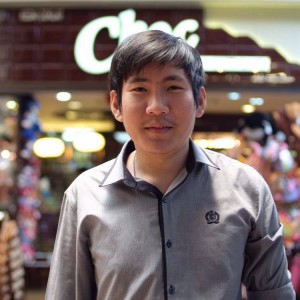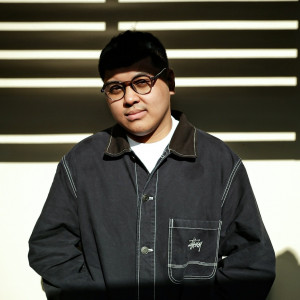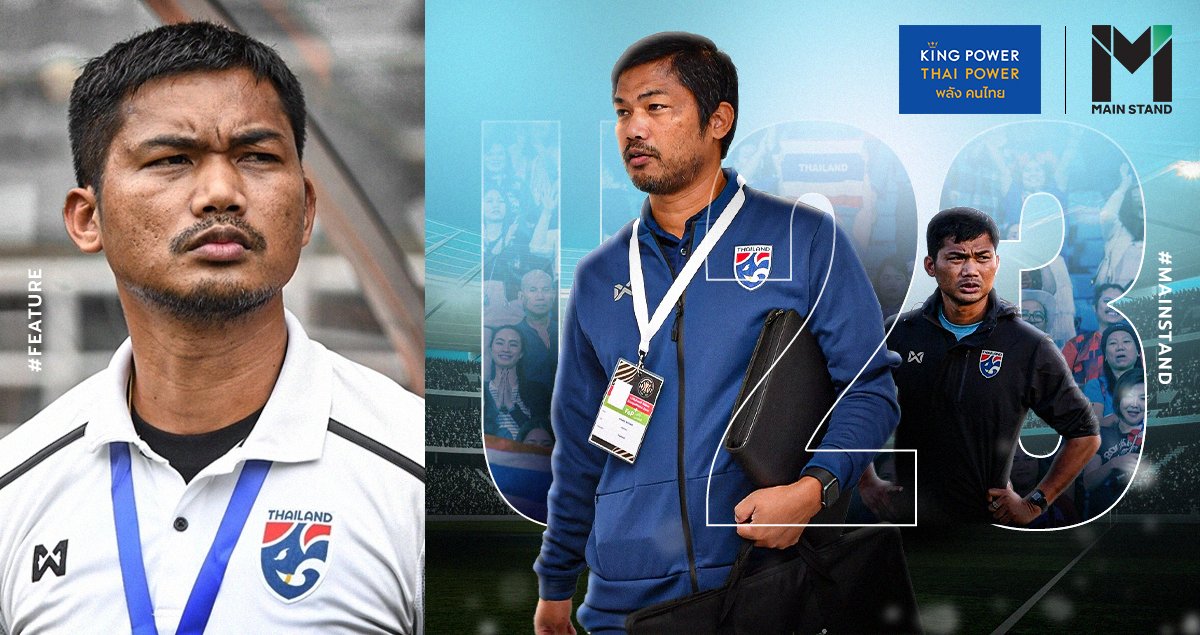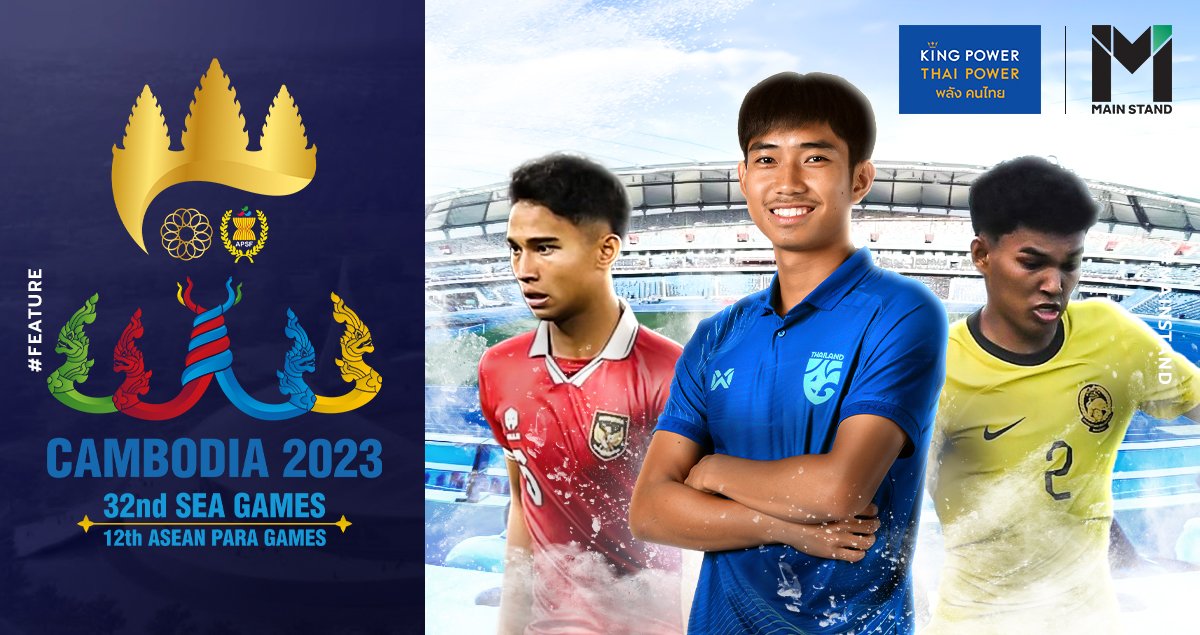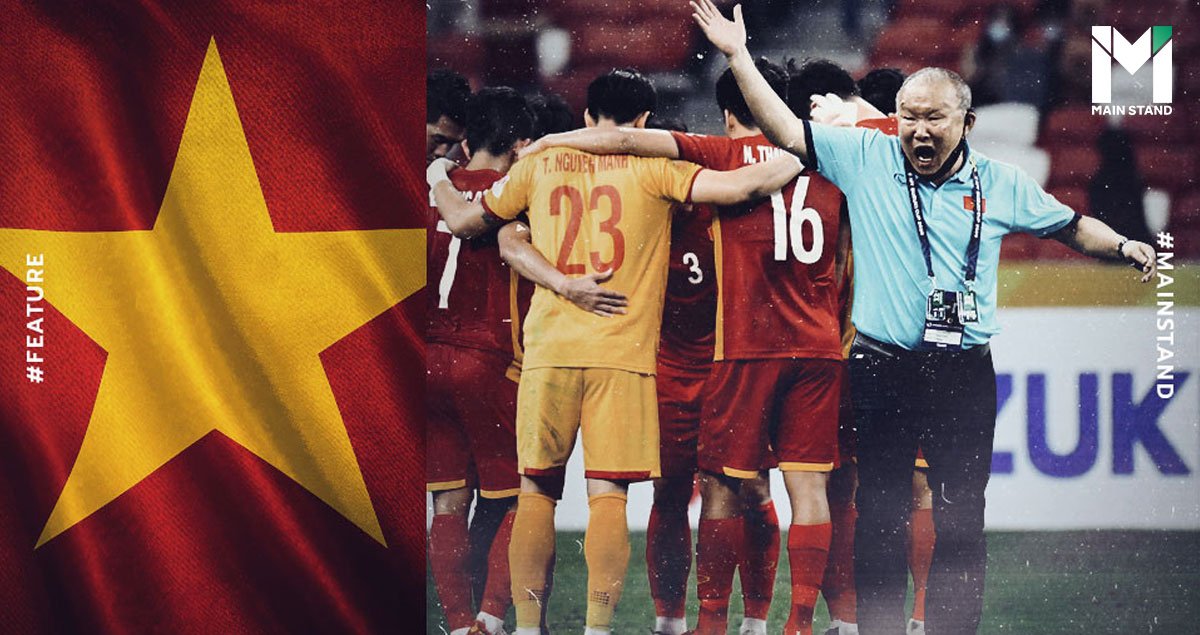
It was considered a failure for the Vietnamese team when they lost to Thailand in the 2020 AFF Suzuki Cup semi-finals and couldn’t defend their title despite being the highest-ranked ASEAN team in the FIFA world rankings.
At the regional level, the side that were once unbeatable under Park Hang-Seo seemed to have finally met their match. Meanwhile, on the continent, the side suffered eight defeats from ten games in the third round of the 2022 FIFA World Cup qualification, falling short of their expectations. Why have they dropped from their highest peak? Main Stand invites you to find the answer together.
Vietnam’s football cycle
The idea of a ‘product life cycle’ is very common in business. The life cycle of a football team is very similar to the life cycle of a product, and a football team can also be considered a commodity.
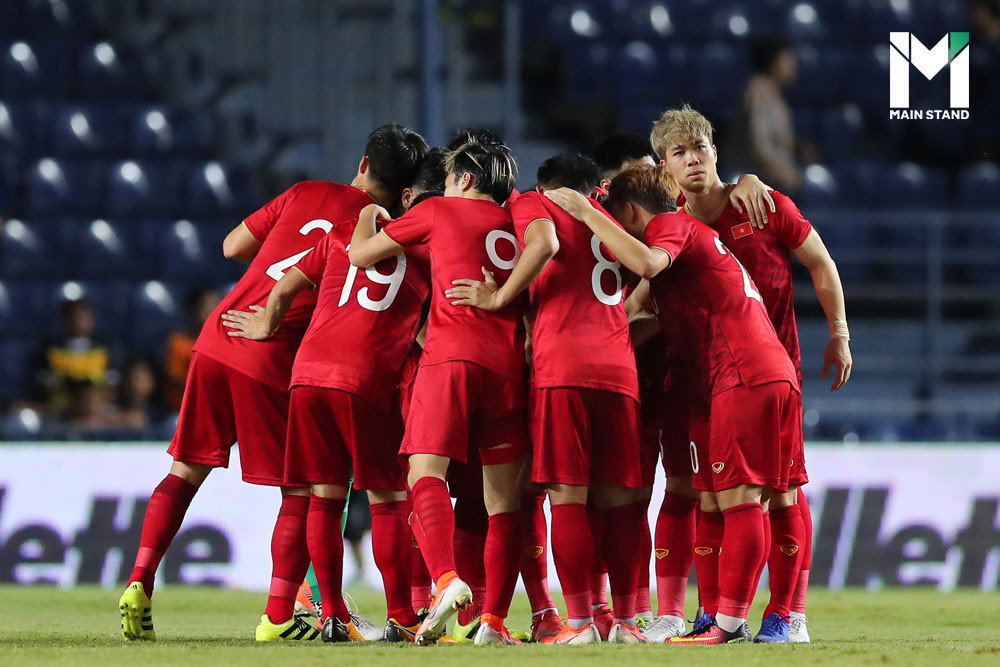
The first cycle stage is the introduction stage, followed by the growth stage. We can see both stages clearly when comparing this to the Vietnamese team. However, after the initial stages, every product will enter its full maturity. The growth will slow down in this period, and competitors will start to catch up.
Eventually, the product will reach the final stage in the cycle, which is the decline. In the declining phase, the product no longer dominates the market, and alternative solutions will have to be found for it to stay ahead.
When analyzing the success of the Vietnamese team retrospectively, we may have to look as far back as 2007, when Vietnam were able to reach the quarter-final of the AFC Asian cup. In that era, Vietnam had a decisive goalscorer in Lê Công Vinh, who made the Thai team met with disappointment in the 2008 AFC Cup, along with midfielder Lê Tấn Tài and goalkeeper Dương Hồng Sơn.
After that peak, Vietnamese football suffered a decline. They were eliminated from the group stages of the 2011 and 2013 SEA Games and the 2012 AFF Suzuki Cup. They managed to make the semis in the two subsequent years but were far from dominating the region.
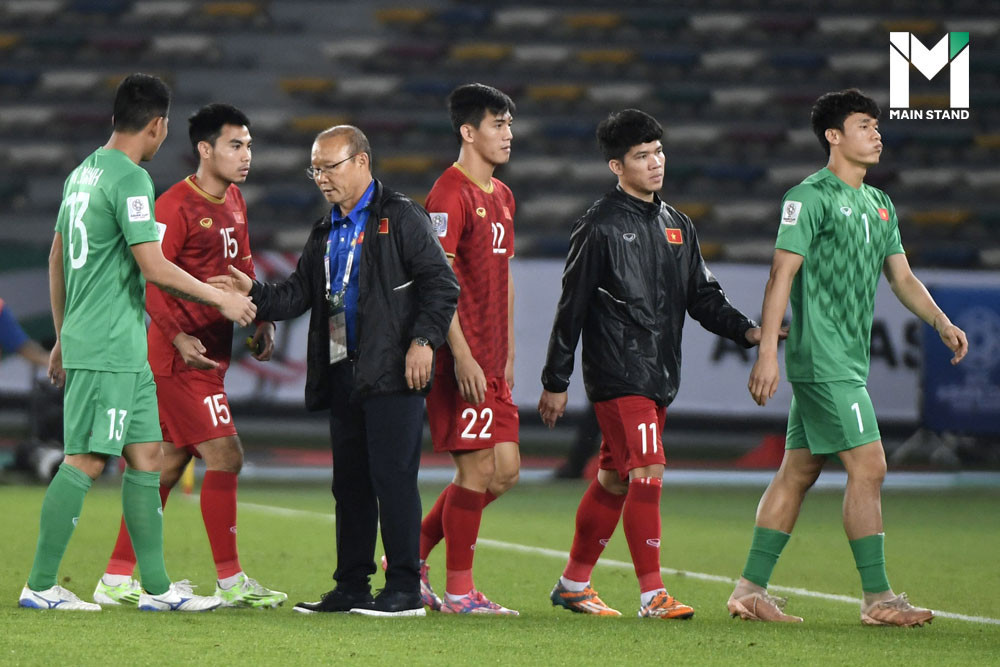
Everything changed with the arrival of Park Hang-Seo, a South Korean head coach who had turned Vietnam into the number one in Southeast Asia again, first by reaching the final of the AFC U-23 Asian Cup and then winning the 2018 AFF Suzuki Cup with the senior team. He followed that up with a SEA Games Gold Medal, cementing their regional dominance, before reaching the third round of the World Cup qualifiers and the quarter-finals of the AFC Asian Cup.
Known for his pragmatic and flexible football, Park’s Vietnam pressed their opponents with incredible intensity while remaining firm and tough to break down at the back. This approach allowed them to dominate their regional rivals but came with its own set of drawbacks on the continental stage.
Same old tactics
“The Vietnamese team led by Coach Park hasn’t changed its tactics for over three years now, so it is easy for the others to read their team,” explains Tran Troung Duc, a renowned Vietnamese journalist from Zing News. “We can compare Vietnam to Leicester City FC, they won the Premier League with the counterattack of Jamie Vardy as their frontman. This tactic was beyond expectations the first few times but afterward, all their rivals have come up with ways to tackle and defend this tactic so it cannot be used any longer. You can see that happening; just as Leicester City’s form dropped, Vietnam’s has, [as they’ve] already been seen through and through”
Park Hang-Seo had used these tactics successfully against the neighboring teams in ASEAN. But when it comes to the broader continent, their tactics cannot be used against Japan, Oman, Saudi Arabia, Australia, and China, who have already studied Vietnam’s approach and have a considerable advantage in terms of individual skill.

“Vietnamese often pass the ball with the build-up from the back. It can not be denied that nowadays, it is not suitable for modern football anymore, especially with the limitations of our players,” explains Le Bao Ngoc, another journalist from zing.vn. “Their creativity has been reduced too. Park Hang-Seo usually uses the same players to attack, the players who can score decently which are only Nguyễn Công Phượng (Number 10), Nguyễn Quang Hải (Number 19), Phan Văn Đức (Number 20), Nguyễn Phong Hồng Duy (Number 7), that’s it. The others still lack experience right now. You may ask why only use a handful of players? Because they're only those guys who can play. So the big problem is that their roster is too small.”
“Some of the players in our up-and-coming lineup are still not at the same levels as their predecessors. It takes time, but time won’t wait for us.”
Scourge of the pandemic
Because of the situation of Covid-19, the Vietnam national team had to face their most significant decision, which was to cease their football leagues and give more time for Park Hang-Seo to prep the players for the World Cup qualifiers. In theory, it sounded like a good direction for the team, giving the coach maximum time with the players in a controlled environment.
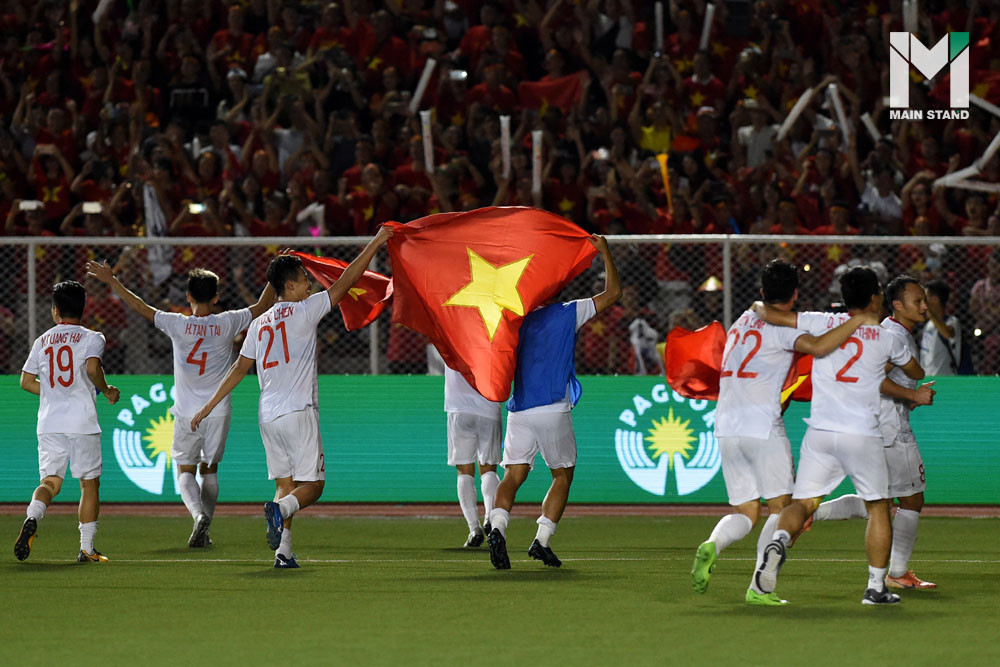
However, it turned out to be a double-edged sword, as ESPN’s ASEAN football expert Gabriel Tan explained: “Their cause was neither helped by the fact that their players had not played much regular club football with domestic action on hiatus due to the COVID-19 pandemic, nor the fact that mental fatigue would have been seeping in given the team have largely been confined together for months now given their World Cup qualifying commitments.”
Their time together didn’t have the desired effect, and their confidence deteriorated, especially when they couldn’t pick up any victories. Furthermore, the hiatus has led to more unexpected harm. Because the Vietnamese footballers only play in V.League, they did not match fit when competing against players from other countries. Park Hang-Seo’s tactics, which relied heavily on his team’s endurance and stamina, were left significantly less effective.
In hindsight, the decision to stop the league looks like a big mistake. However, we can’t blame the VFF, who faced an unprecedented situation and needed to make a tough choice.
Big fish in a small pond
Gabriel Tan from ESPN suggested that the Vietnamese team were eliminated in the semi-final because of a lack of game-changing superstars.
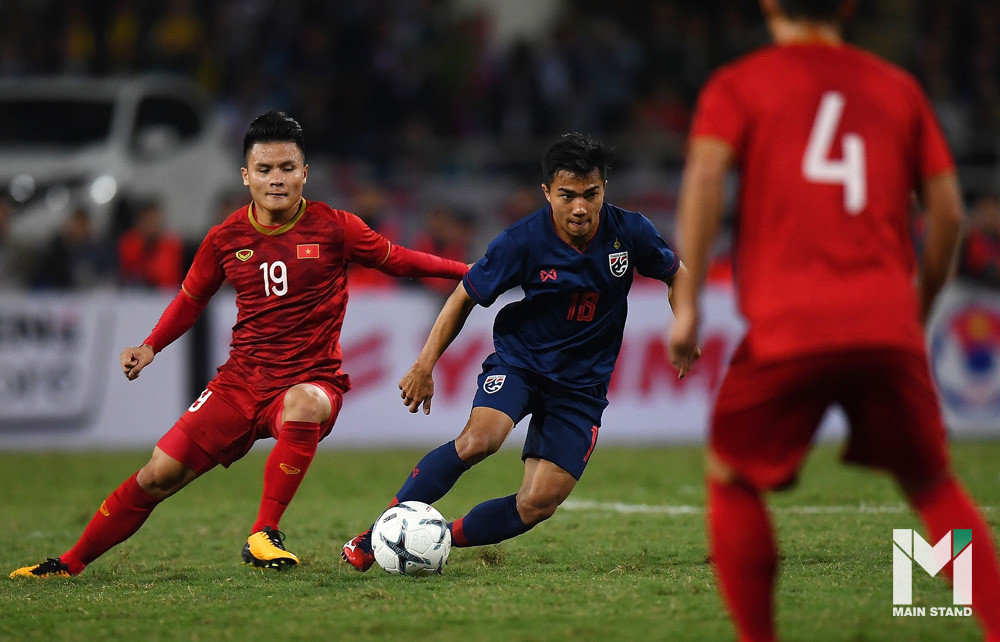
“For all their quality, the likes of Nguyen Quang Hai, Nguyen Hoang Duc and Nguyen Tien Linh still ply their trade domestically. Putting aside the lack of football they have played as a result of that, these stars are also not testing themselves further and run the risk of being too comfortable as big fish in a small pond.”
“Chanathip -- who has spent the last four-and-a-half years in Japan's J1 League with Consadole Sapporo -- rose to the occasion with a tie-winning two-goal display, looking an even more influential figure than he did when he was named the Suzuki Cup's Most Valuable Player in 2014 and 2016 owing to the lessons he has learnt playing regularly at a higher level.”
With most of their players choosing to remain in the domestic league, its quality and intensity is crucial to the performance of the Vietnamese national team. Having worked in Thailand and Vietnam, Changsuek boss Mano Polking provided his perspective on the matter.
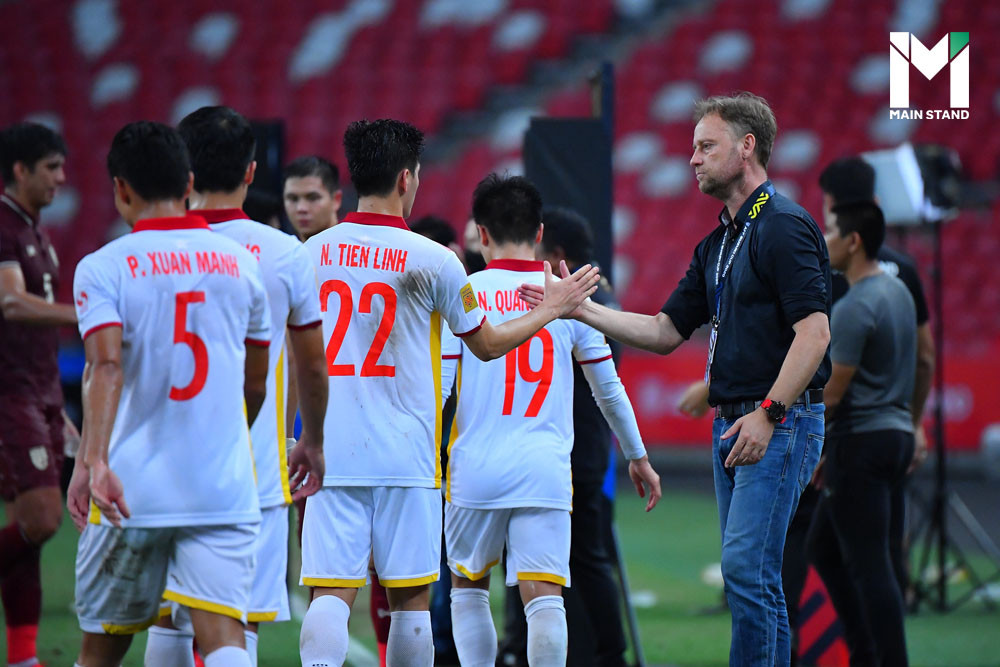
“I used to work both in Thai League and V.League and I’ve met with difficulties in building a team. I will not compare much. The V.League has strong teams but if you compare the quality of each league, I think Vietnam still needs development.”
“Currently Thai League is the best in ASEAN. The clubs in Thai League are constantly progressing and have been competing continuously. We have good players and coaches. We produced a good plyer such as Chanatip Songkrasin who is the product of the Thai League and has had the opportunity to play in J.League.”
“If the players from ASEAN have that kind of opportunity, they should seize it and play in the foreign leagues better than waiting for their own leagues to develop. The clubs and the league need to acknowledge their roles in the development of their talented players who can contribute to their national team. Meanwhile, the national team also needs to acknowledge the duty of the clubs to develop their players as well."
So why do the Vietnamese League athletes still rarely have the chance to play abroad, and why have the ones who have taken the opportunity been unsuccessful?
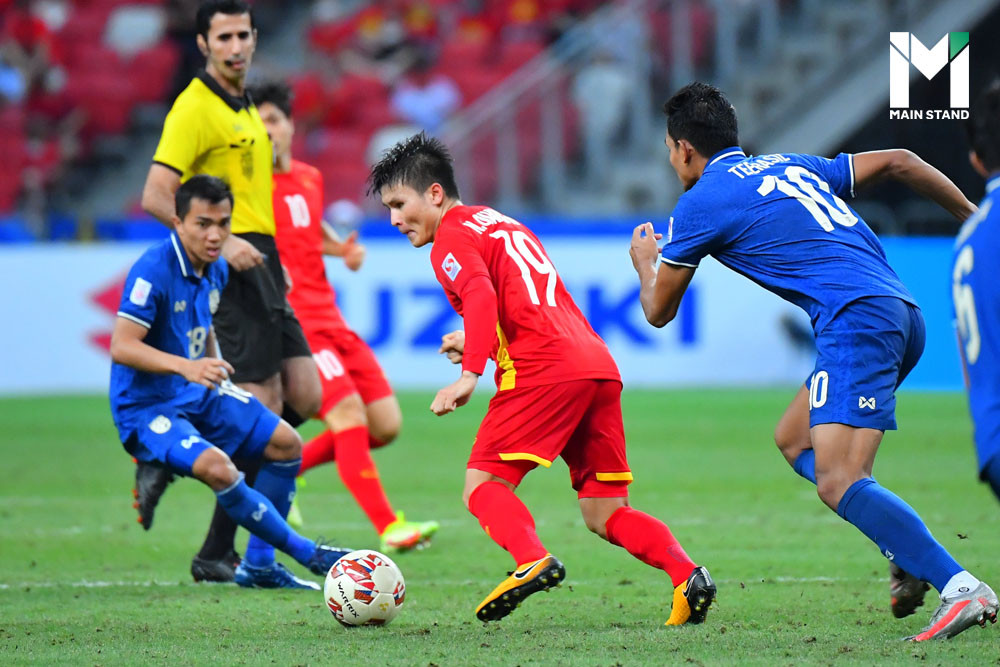
As explained by Tran Troung Duc, when Vietnamese national team striker Nguyễn Công Phượng played with Saint-Truidense V.V. in Belgium, he was barely given any opportunities to play and his form dropped considerably. In addition, the language barrier was a significant issue for him, as his inability to speak English has made it even harder for him to communicate.
Regardless, Vietnamese players need to push themselves through such barriers if they want to improve and elevate the quality of their national team.
Not only Vietnam
Anyone who has read this sentence would see the word “fitness” permeate most of the topics discussed. That’s because it may just be the most critical factor in this situation, and while Vietnam is not the only nation facing this issue, it has impacted them the most.
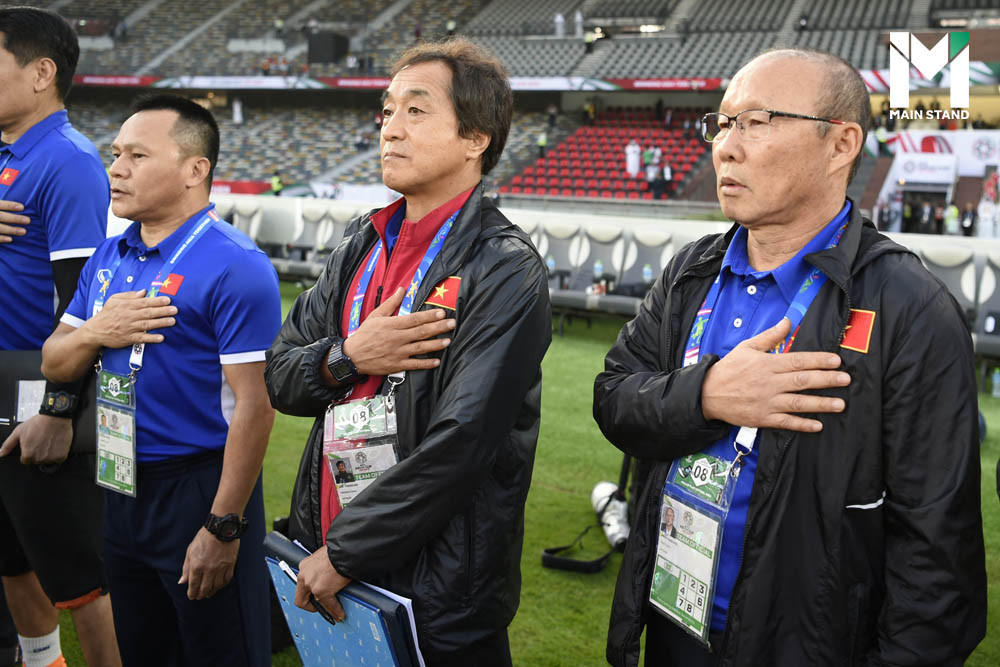
A span of three or four years may seem like a lot of time for a coach to lay the foundation of their team, but in reality, it was not enough to prepare them for stepping up to the continent. Just as Thailand learned from 2015 to 2018, the gap between ASEAN and the biggest teams in Asia requires a considerable leap.
Chanatip Songkrasin, the three-time AFF Cup MVP, played in a team that similarly dominated the region before being disappointed in World Cup qualification.
“Although our win in the Suzuki cup indicated that we are the best team in the tournament, it didn’t say that we are the best in ASEAN at all,” he explained on T SPORTS 7, when discussing Thailand’s most recent triumph. “As of now, every country in ASEAN is trying to strengthen themselves. We are the current champion of the Suzuki cup but will we be able to hold the title forever? That’s the real question here. We must continue to create the standard for the future generation of Thailand's national team. After the end of my generation, the new generation will come, but how will we hold up to our standard ?”
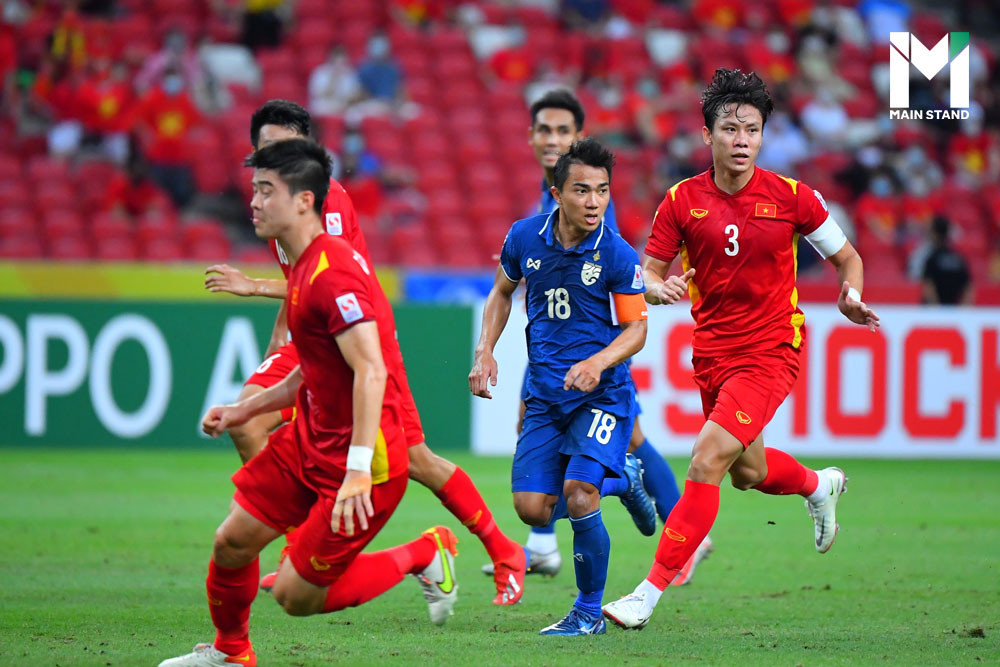
“I don’t want to think that we only have to fight with ASEAN nations. Why can’t we compete against the others in Asia? We must think logically and from end to end. We must be concerned about our physicality, nutrition, and everything must be accounted for so we can fight in Asia. We can fight confidently in ASEAN, but we struggle when competing among the best Asian nations. Can we reach the deeper rounds in the tournaments? We must look for the causes and keep developing at the same time, even in Youth League as well. We have to improve in everything so we can move forward together to Asia’s level as we have set our goal.”
Today we have learned that despite Vietnam’s strength, they have reached a similar stumbling block on the continental level. However, this reflection isn’t just essential for them; it shows that every nation in ASEAN needs to develop and move forward together to bring regional matches closer to continental standards. Vietnam, and the rest of the region, must use this time in the product cycle to reinvigorate themselves and push for greater heights again.

